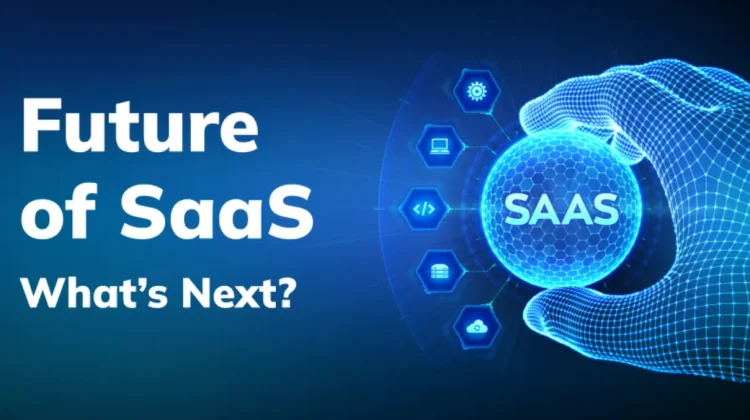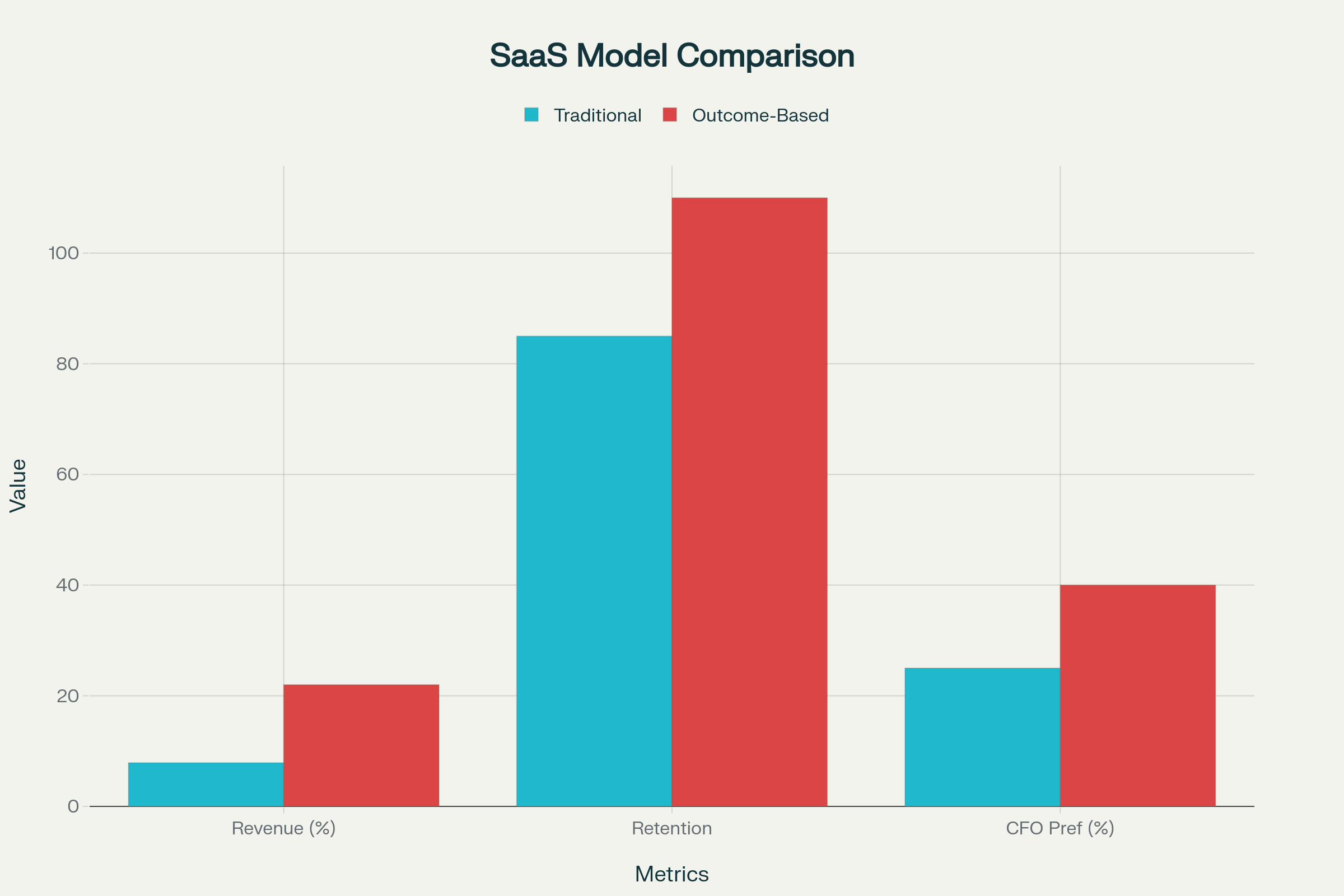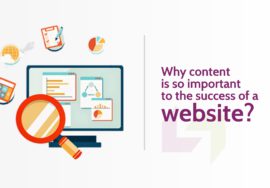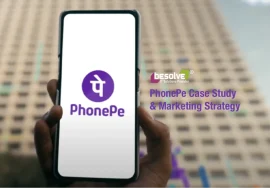
Shocking: Why Future of SaaS is Dead? Described In 7 Points
Shocking: Why Future of SaaS is Dead? Described In 7 Points
The Future of SaaS is Dead: Why Software’s Future Lies in Outcomes, Not Subscriptions
I’ve been watching the software world for over a decade, and I can tell you something’s seriously wrong. We’re living through the biggest shakeup since cloud computing arrived, but most people are missing it completely.
Here’s the brutal truth: the SaaS model that made Silicon Valley billions is slowly dying. Not because software is going anywhere – it’s not. But because the way we buy and sell it is fundamentally broken.
Comparison of Traditional SaaS vs Outcome-Based Pricing Models – Key Performance Metrics
1. The Subscription Nightmare We Created
Remember when Netflix changed everything? Suddenly, instead of buying DVDs, you paid $8 a month for unlimited movies. It was brilliant. So brilliant that every software company on Earth decided to copy it.
Fast forward to today, and we’re drowning. The average company now juggles 106 different SaaS subscriptions. That’s not a typo – one hundred and six. I know marketing directors who can’t even list all the tools their team pays for. They’re spending $91 per person every month on software subscriptions alone.
The SaaS market hit $266 billion in 2024, which sounds amazing until you realise what’s happening underneath. Companies are haemorrhaging money on churn rates that hit 3.5% monthly. Meanwhile, 9 out of 10 SaaS startups crash and burn, usually because they can’t prove they’re worth the monthly fee.
I’ve seen this firsthand. A friend’s startup spent three years building a project management tool, got 500 paying customers, and still went under. Why? Because half those customers barely used the product but kept paying out of laziness. When budgets got tight, guess what got cut first?
2. Why Everyone’s Getting Fed Up
Let me paint you a picture. Sarah runs marketing for a mid-sized company. She pays $299 monthly for an email tool based on her contact list size. But here’s the kicker – most of those contacts never open her emails. She’s paying for 50,000 contacts but only 3,000 actually engage.
Meanwhile, her boss sees that $299 line item and asks, “What are we getting for this money?” Sarah can’t give a straight answer because the tool doesn’t track business results, just email stats.
This is happening everywhere. Software companies charge for seats, features, or storage – basically anything except the one thing that actually matters: results.
The Subscription Trap
Here’s what really gets me: companies are making more money from customers who forget to cancel than from happy users. Two-thirds of subscribers report price increases every year, while many pay for services they’ve forgotten about entirely.
I know a guy who discovered he was paying for 12 different SaaS tools he hadn’t touched in months. When he tried to cancel, half of them made it deliberately difficult, hoping he’d give up. That’s not a business model – that’s a hostage situation.
AI is Breaking the Old Rules
Then there’s AI, which is completely destroying traditional pricing models. Why would you pay for 10 customer service seats when AI can handle most tickets automatically? Companies like Intercom figured this out and now charge $0.99 per resolved ticket instead of per agent.
This isn’t just smart – it’s inevitable. When software can do the work instead of just enabling it, paying for “access” makes about as much sense as paying Netflix per TV in your house.
3. The Outcome Revolution (And Why It Actually Works)
Smart companies are ditching subscriptions for something better: outcome-based pricing. Instead of charging for access, they charge for results. And the numbers don’t lie – these companies see 14% higher revenue growth and keep customers 20-30% longer.
Real Companies Doing It Right
Zendesk was brave enough to try something radical. Their AI agent resolution feature? They only charge when it actually solves a customer’s problem without human help. If their AI fails, you pay nothing.
Think about how different that is from traditional SaaS. Most companies would charge you monthly for “access to AI features” whether they work or not. Zendesk is basically saying, “We’ll only make money if we make your life easier.”
Stripe figured this out years ago. They don’t charge monthly fees – they take a tiny percentage of each successful transaction. They only make money when their customers make money. Revolutionary? Not really. Just honest.
Industries Leading the Way
Healthcare is already there. Doctors are increasingly paid based on patient outcomes rather than procedures performed. Why? Because it actually improves patient care while reducing costs.
Manufacturing caught on too. Rolls-Royce doesn’t just sell airplane engines anymore – they charge airlines per flight hour through their “power by the hour” program. The airline pays for performance, Rolls-Royce is incentivised to build reliable engines. Everybody wins.
Read this also: How to increase website traffic in a fast way?
4. The Technology Making It Possible
The shift to outcome-based models isn’t just wishful thinking – it’s enabled by technology that barely existed five years ago.
AI That Actually Measures Things
Modern AI can track and measure outcomes in real-time. It can tell you which marketing campaigns actually drive revenue, which customer service interactions prevent churn, and which product features correlate with user success.
I recently talked to a startup founder whose AI-powered sales tool tracks not just calls made, but deals closed. They charge based on qualified meetings generated, not software seats. Their customers love it because they only pay when the tool actually helps them make money.
Data That Tells the Real Story
Cloud computing and IoT sensors mean we can measure almost anything now. Manufacturing equipment reports its own performance. Marketing tools track customer journeys from first click to final purchase. Software can finally prove its worth instead of just claiming it.
5. Why CFOs Are Driving the Change
I had coffee last week with a CFO who manages a $500 million budget. He told me something that stuck: “I’m tired of paying for promises. Show me results or stop sending invoices.”
That attitude is spreading fast. According to BCG research, 40% of buyers are actively looking to reduce software spending by cutting unused seats. They want to pay for outcomes, not potential.
The Economic Reality
With interest rates higher and budgets tighter, companies can’t afford to waste money on software they don’t fully use. Outcome-based pricing reduces risk by tying costs to actual value received.
One company I know reduced their software spend by 40% last year – not by using less software, but by switching to outcome-based pricing models that eliminated waste.
6. The Roadblocks (And How Smart Companies Get Around Them)
Transitioning to outcome-based models isn’t easy. I’ve watched companies struggle with three main challenges:
Measuring the Right Things
Defining outcomes is tricky. What counts as success? Revenue increase? Time savings? Customer satisfaction? Smart companies start simple – they pick one clear, measurable outcome and build from there.
Dealing with Unpredictable Revenue
Outcome-based revenue can be less predictable than monthly subscriptions. The solution? Hybrid models with base fees plus outcome bonuses. Customers get price protection, vendors get revenue stability.
Teaching Customers a New Way
People are used to subscription pricing. Changing that mindset takes work. The best companies use transparent dashboards that show exactly what outcomes they’re delivering in real-time.
7. What’s Coming Next
By 2025, Gartner predicts that 40% of new enterprise software will include outcome-based pricing. That’s up from just 15% in 2022. We’re not talking about a trend – we’re talking about a fundamental shift.
AI-Driven Everything
Ninety-five percent of organizations will adopt AI-powered SaaS by 2025. These tools will naturally move toward outcome-based pricing because their value is immediately measurable.
Industry Shakeout
Companies that can’t prove their value through outcomes will get acquired or disappear. Those that embrace outcome-based models will dominate their markets.
Software That Actually Works
We’re moving toward “Service as a Software” – where software doesn’t just enable work but actually performs it. Think AI that writes your marketing copy, not just helps you organize ideas.
The Bottom Line
The software industry is going through its biggest change since we moved from CDs to downloads to streaming. Companies clinging to outdated subscription models will struggle against competitors who only charge for results.
This isn’t about killing SaaS – it’s about evolution. The subscription model served its purpose, making powerful software accessible to everyone. But customers are smarter now. They want value, not access.
The companies that figure this out first will win big. Better customer relationships, higher retention rates, and real competitive advantages await those brave enough to charge for outcomes instead of seats.
The future of software isn’t about monthly fees. It’s about measurable results that actually help businesses succeed. And honestly? It’s about time.










